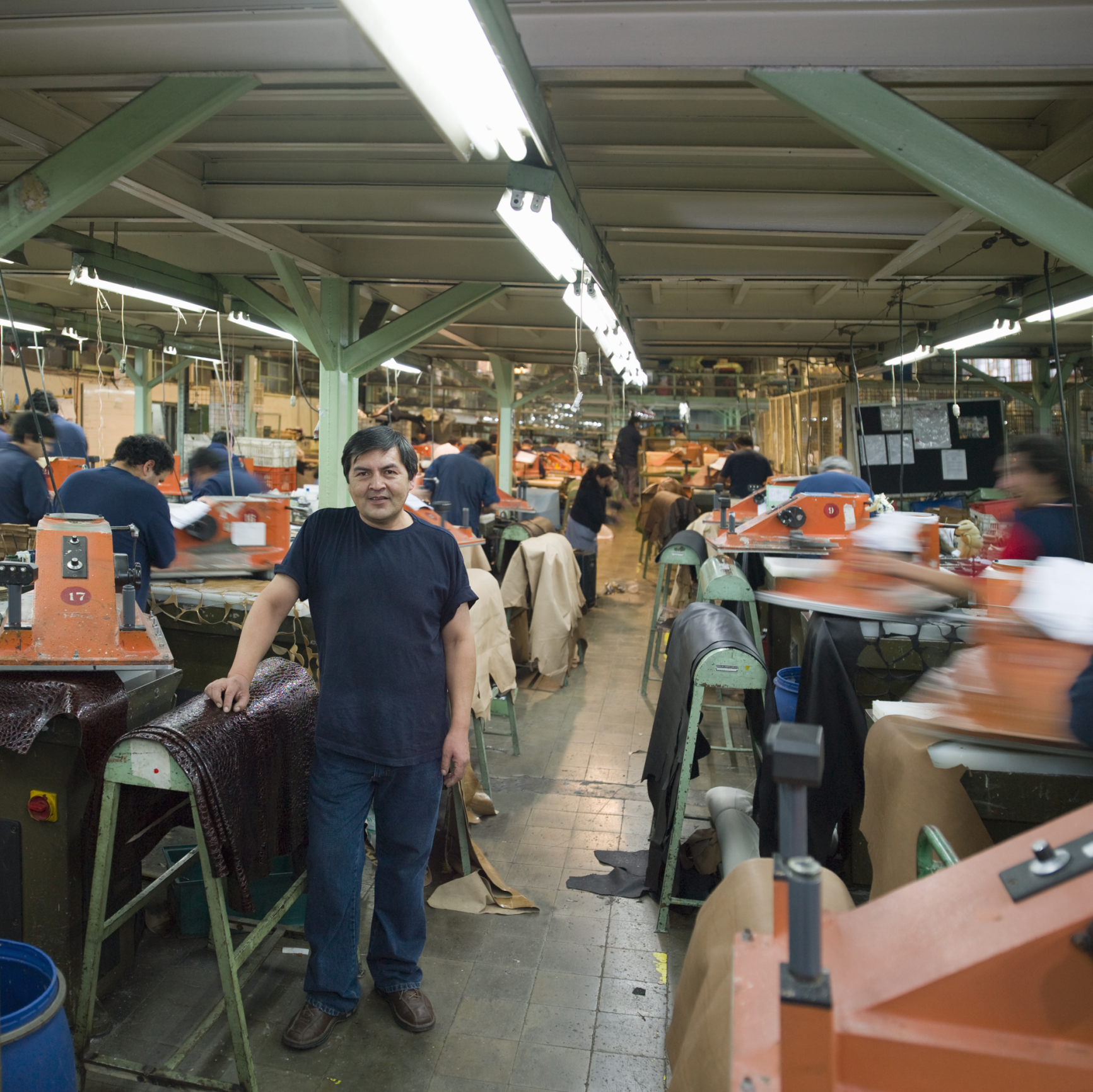
The loss of U.S. manufacturing jobs over the past decade played a substantial role in November’s presidential election. Rhetoric promising to bring manufacturing jobs back and vilifying U.S. trade agreements that were blamed for the job losses were a steady drumbeat from both the Trump and Clinton campaigns.
Now that the election is settled, the question becomes one of whether or not those jobs will be coming back. And not only those jobs, but thousands of other jobs in hard-hit sectors like construction and energy production.
The pain of job losses was not spread evenly across the country either. In our recent survey of the 25 U.S. cities losing the most jobs, 24/7 Wall Street reported that of the five cities losing the most jobs in the 12-month period between October 2015 and October 2016, three were in Louisiana. Of those five, job losses in three were primarily attributed to the downturn in energy production, and in two states, job losses came in the manufacturing sector.
Here are the five cities with the most job losses in the 12 months to October 2016:
- Lafayette, Louisiana, lost nearly 8,500 jobs in the period, nearly 4.5% of its workforce. Most of the losses came in the manufacturing sector, and the unemployment rate at the end of October was 7.1%, compared with a national rate of 4.9%.
- Casper, Wyoming, dropped about 1,500 jobs in the coal mining and energy industries. The unemployment rate in the city is 6.6%, and the one-year decrease totaled 3.77% of the city’s jobs.
- Houma-Thibodaux, Louisiana, lost 3.74% of its jobs in the 12-month period, a total of about 3,400, primarily in the oil and gas business. The unemployment rate in the city is 6.7%.
- Shreveport-Bossier City, Louisiana, lost more than 4,200 jobs, or nearly 2.35% of the October 2015 workforce. The metro area is the hub of the natural gas-producing region known as the Haynesville shale play, and low gas prices hit the area hard. The unemployment rate is 6.8%.
- Mansfield, Ohio, lost nearly 1,200 jobs, primarily in the manufacturing sector. About 20% of the area’s jobs are in manufacturing, so reversing this trend is a particular challenge here. The unemployment rate in Mansfield is 5.6%.
Will President-elect Donald Trump be able to deliver on his promise to return manufacturing jobs to the United States? The prevailing opinion is that he won’t. Here’s the story in a nutshell from Ben Casselman at FiveThirtyEight:
Here’s the problem: Whether or not those [lost] manufacturing jobs could have been saved, they aren’t coming back, at least not most of them. How do we know? Because in recent years, factories have been coming back, but the jobs haven’t. Because of rising wages in China, the need for shorter supply chains and other factors, a small but growing group of companies are shifting production back to the U.S. But the factories they build here are heavily automated, employing a small fraction of the workers they would have a generation ago.
Jobs in the oil and gas sector are more cyclic, and the recent decision by OPEC to cut production has already had the intended effect of boosting crude prices. If prices remain high, more drilling will commence and more people will go back to work in the nation’s oil fields.
Job gains in coal mining, however, are less likely. Domestic demand for coal to generate electricity may rise slightly in 2017, but in the longer term coal is not expected to recover its dominance as a fuel to generate power. Import demand, particularly from China, for metallurgical coal for steel-making, can be more cheaply met by coal from Australia and south Asia than by U.S.-mined coal.
See the full story, “American Cities Losing the Most Jobs This Year,” at our website. A companion story, “American Cities Adding the Most Jobs This Year” is also posted there.
The Average American Is Losing Momentum On Their Savings Every Day (Sponsor)
If you’re like many Americans and keep your money ‘safe’ in a checking or savings account, think again. The average yield on a savings account is a paltry .4%1 today. Checking accounts are even worse.
But there is good news. To win qualified customers, some accounts are paying more than 7x the national average. That’s an incredible way to keep your money safe and earn more at the same time. Our top pick for high yield savings accounts includes other benefits as well. You can earn a $200 bonus and up to 7X the national average with qualifying deposits. Terms apply. Member, FDIC.
Click here to see how much more you could be earning on your savings today. It takes just a few minutes to open an account to make your money work for you.
Thank you for reading! Have some feedback for us?
Contact the 24/7 Wall St. editorial team.




